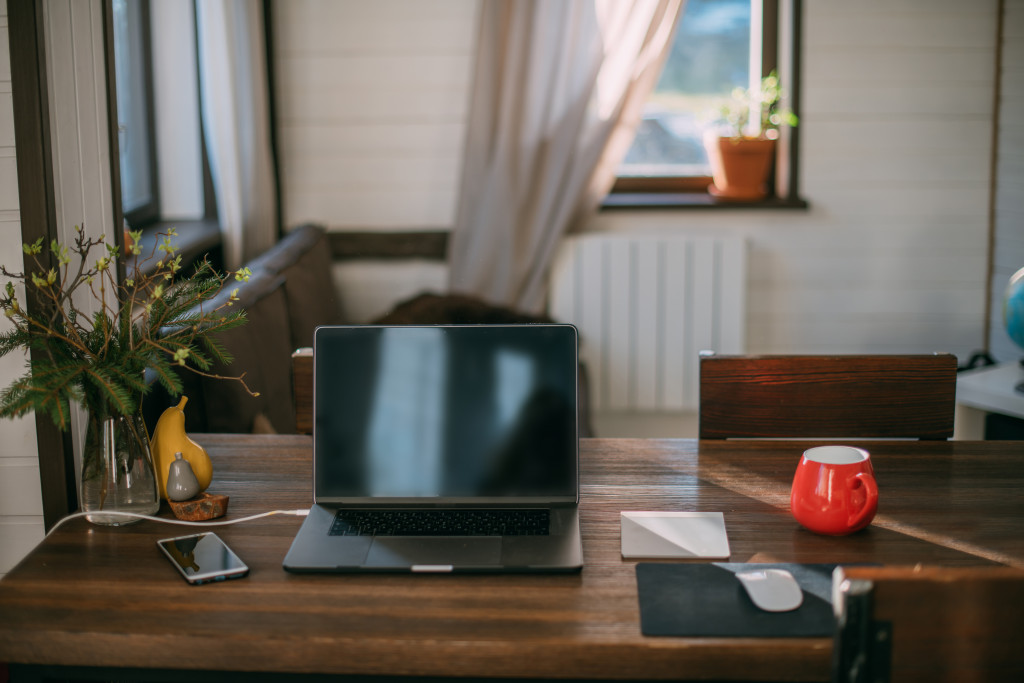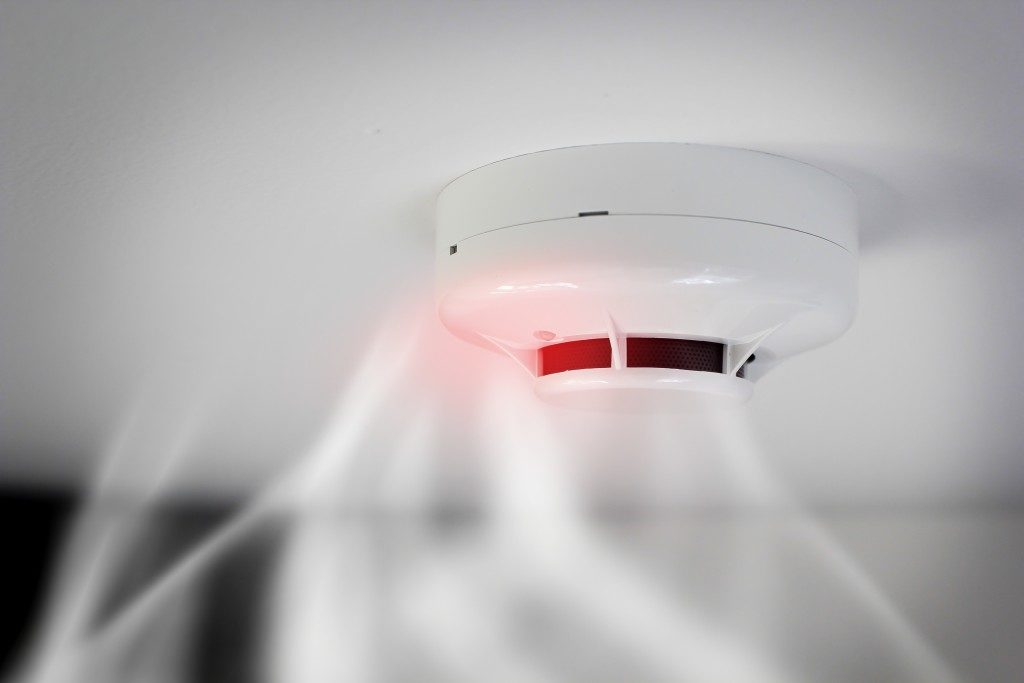In recent years, there’s been a boom in the popularity of co-working spaces. These shared office environments offer a more flexible and collaborative alternative to traditional workplaces, and they’re becoming increasingly popular among freelancers, digital nomads, and small business owners. But what can these co-working spaces teach us about productivity? And how can we apply their lessons to our own work environments, whether that’s a home office or a traditional office space? Whether you’re a freelancer, small business owner, or just want to get more out of your workday, read more about it here.
The Benefits of Flexibility
Co-working spaces can teach us about the benefits of flexibility. Unlike traditional offices, which tend to have inflexible hours and strict rules about vacation days and sick days, co-working spaces are usually much more flexible. This flexibility allows workers to design their workdays around their needs and preferences, which can lead to increased productivity.
This is already part of working from home, but it can be applied in a deeper way by being more flexible with your time and your schedule. One lesson that co-working spaces can teach is that working is not always entirely about work. You cannot function at 100% effort 100% of the time. Co-working spaces have lounge chairs, bean bags, and couches to lie down; they also have fun amenities like foosball tables, basketball hoops, or billiards tables. This shows that breaks actually help foster creativity and improves productivity. And if you need a mental health day or a sick day, don’t hesitate to take it—you’ll be much more productive in the long run if you do.
The Power of Community
One of the most important things that co-working spaces can teach about productivity is the power of community. When people feel isolated and alone in their work, it’s easy to become bogged down and unmotivated. But when people are surrounded by other people who are working towards similar goals, they feed off the energy and enthusiasm. Someone who is productive and works hard can inspire people around them to be the same. Co-working spaces are rife with opportunities for collaboration, which can lead to new ideas and solutions that people might not have come up with on their own. Co-working spaces are crossroads of various industries and practices, and this is where creativity and innovation sprout.
This is hard to emulate in your home office since your home office probably does not get as much traffic as an office space for tech businesses would (after all, most co-working spaces are home to employees from startups related to the tech industry), but there are ways for you to create connections and interact with more professionals in different industries or roles. For one, you can make more connections in networking events. You can make connections even in online conventions—you just need to be sociable. Strike up a conversation with other attendees, and don’t be afraid to initiate chats and send private messages. You can also try to be more active on LinkedIn, a site that lots of professionals use as a social networking site but is more focused on professional development and career improvement.

The Importance of Design
Another thing that co-working spaces can teach us about productivity is the importance of design. The best co-working spaces are designed with productivity in mind, from the layout of the furniture to the placement of the outlets. When people are in an environment that’s conducive to productive work, they’re more likely to actually be productive.
You can apply this lesson to your own home working environment by paying attention to the design of your workspace. Is it set up in a way that promotes concentration and focus? Or is it cluttered and chaotic? If it’s the latter, take some time to declutter and rearrange your furniture so that it supports your productivity instead of hindering it.
It’s hard to distance yourself from distractions at home, but here are some things you can do:
- Use noise-canceling headphones
- Keep your phone away from your work desk or put it on do-not-disturb mode
- Set a time for work and avoid social networking sites during that time
- Do not use distracting appliances like your TV
- If you have pets, get them toys they can play with to keep them from asking you to play
Final Thoughts
In the end, it’s important to find what works for you and stick with it. There are a lot of things that co-working spaces can teach us about productivity, but at the end of the day, we have to figure out what works best for us. For some people, that means working in an environment surrounded by other people. For others, it means having their own dedicated workspace where they can focus without distractions. And for still others, it means finding a community-focused work environment like a co-working space or shared office. The most important thing is to experiment until you find what works and then stick with it!





